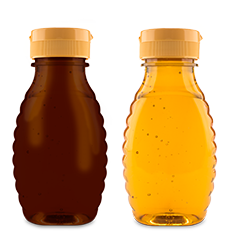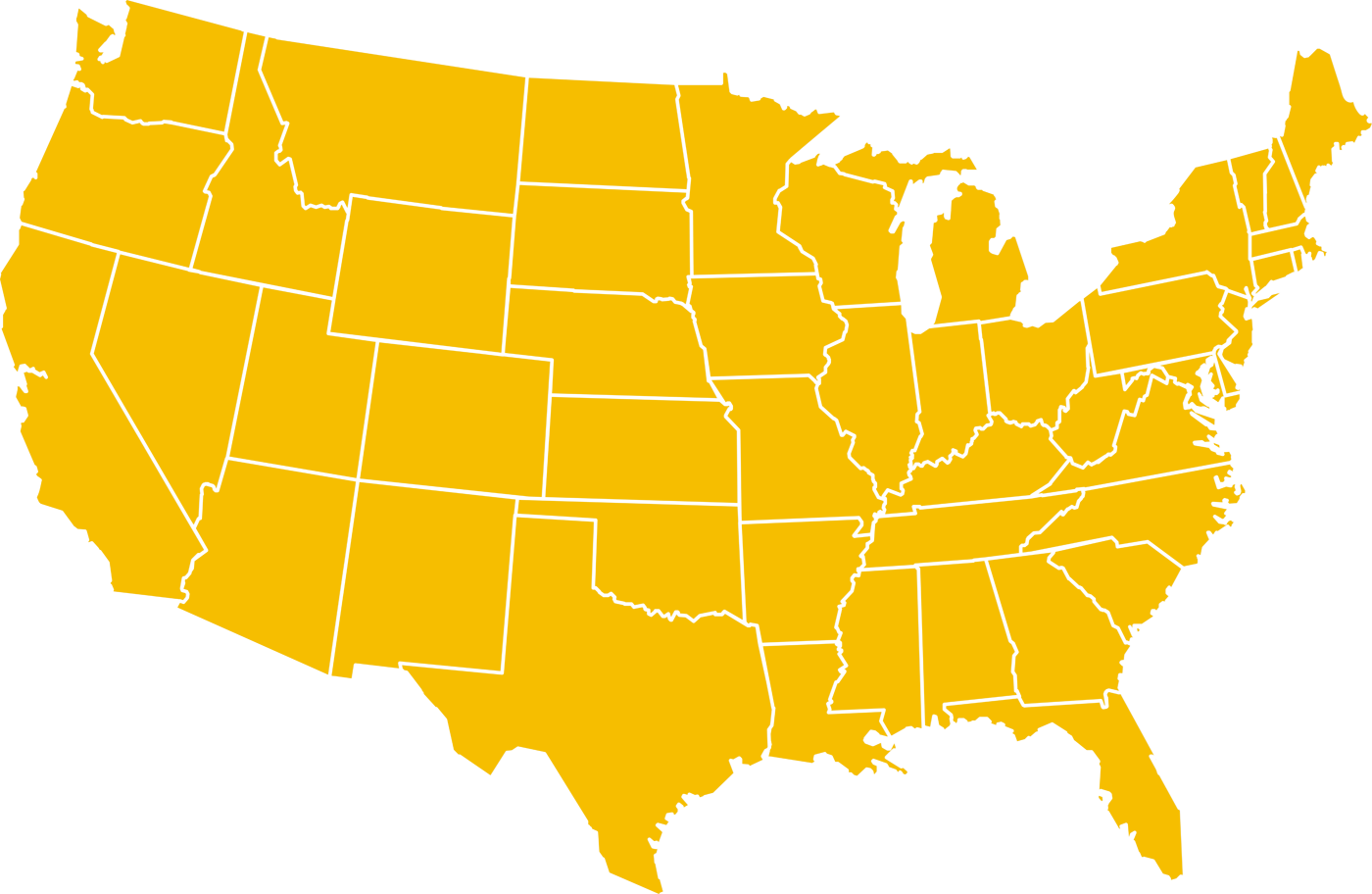Honey Types
There are several different kinds of honey terms and classifications. Here's a helpful guide for the common ways producers define their products.
Organic Honey
USDA Certified Organic Honey features full flavor and rich color. The USDA Organic seal on each bottle shows the honey was collected and handled in a manner that maintained organic integrity. The majority of organic honey comes from Brazil, Canada and Mexico.
Filtered Honey
By USDA definition, honey in this category is filtered to the extent that all or most fine particles, pollen grains, air bubbles or other matter normally found in raw honey have been removed. It's heated carefully to allow it to remain liquid longer while preserving natural flavor and aroma. Honey filtration delays crystallization, and creates a desirable easy-to-pour product.
Raw Honey
Raw honey is strained instead of filtered to retain natural pollens. It's warmed just enough to liquefy the honey crystals while retaining natural enzymes, flavor and aroma. Raw honey generally can be defined as honey obtained by minimal processing.
Dark vs Light Honey
Dark honey boasts a bold and distinct flavor while light honey generally has a mild taste. Their color, flavor and moisture content vary widely depending on the flower nectar source.

Varieties of Honey
What makes one honey taste and look so different from another? Often it’s a result of which of the 300 types of flowers worldwide the bees have fed on. The most common varieties are clover, orange blossom and wildflower. Check below to see what flowers the bees in your area are likely to use.
- Alfalfa
- Apple
- Aster
- Basswood
- Blackberry
- Brazilian Pepper
- Buckwheat
- Canola
- Carrot
- Clover
- Gallberry
- Goldenrod
- Mangrove
- Meadowfoam
- Melon
- Mint
- Orange Blossom
- Palmetto
- Rabbit Brush
- Raspberry
- Sage
- Sourwood
- Soybean
- Sunflower
- Tallow
- Thistle
- Tupelo
- Wildflower
- Abundant
- Not Abundant

Please note: Floral varieties are subject to change based on environmental factors. Ideally floral varieties stay the same but due to weather and other seasonal factors, local bees may choose to forage from alternative floral sources.
Creamed honey
Thicker and creamier than your standard honey, creamed honey is perfect for spreading on your favorite pastry or sandwich. Creamed honey is crystallized, which means creamed honey has tiny honey crystals that have been mixed (not whipped) to create the final delicious treat.
Whipped honey
Similar to creamed honey, whipped honey contains tiny honey crystals that have been mixed and whipped to make more easily spreadable, similar to what you see with whipped butter. Perfect for toast, biscuits and rolls.
Crystallized honey
Honey as a natural product will eventually crystallize or solidify. Crystallization occurs when the suspended sugars in liquid honey form natural bonds with one another. Honey is both edible and enjoyable in its crystallized form and may be liquefied if desired. To liquefy your crystallized honey visit our FAQ page.
